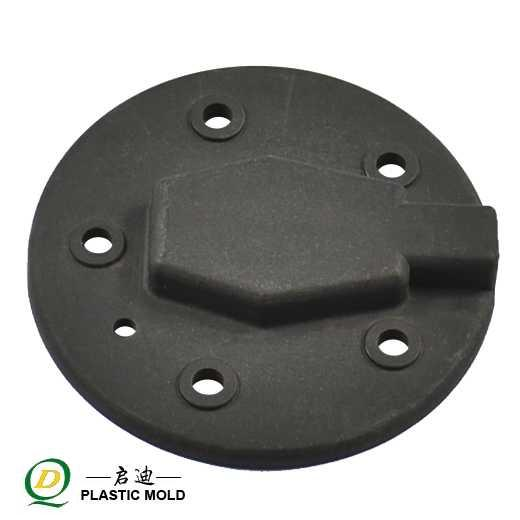ABS Plastic Injection Molding is one of the most common operations in the production sector and is well known for the strength and excellent quality of plastic components possible. Acrylonitrile Butadiene Styrene, or ABS, is a polymer thermoplastic with good toughness and impact strength, and ease of molding. It is a process where ABS pellets are melted and forced under high pressure through a metal mold, allowing the material to cool and form into the preferred shape. Injection molding of ABS plastic uses heat, accuracy, and efficiency to create a procedure perfect for producing large quantities. This process works on a very wide range of applications, including auto parts, consumer electronics, and more.
Why Choose ABS for Plastic Molding?
Among the molding materials, ABS is known for its excellent mechanical and chemical properties. It is outstanding in terms of dimensional stability, toughness, and high impact resistance, which makes it a good structural application. ABS molded products have no problem being painted and glued, and can have a glossy and matte finish. In addition, ABS can handle a wide range of temperatures, making it usable indoors and outdoors. Due to its benefits, it is used in all automotive, electronics, toys, and home appliances industries. ABS delivers the reliability manufacturers need, whether for functional or aesthetic parts.
Understanding the ABS Injection Molding Process
The ABS plastic injection molding process includes several key steps to ensure a uniform and quality production of plastic products. First, the pellets are filled into the injection molding machine's hopper and heated until they soften and become molten. Then injection of the molten plastic is carried out into a precision cavity that is manicured in the shape of the desired product. After filling, the mold is chilled for the ABS to set before assuming its final shape. The part is expelled and can be used in any post-process or assembly. This process may be repeated repeatedly in a very short time, allowing manufacturers to produce thousands of the same part with minimal tolerance variation. The process is precise, rapid, and has an excellent surface finish.
Tooling and Mold Design for ABS Plastic
In ABS plastic injection molding, mold design is crucial to achieving a good product. Engineering a Plastic Mold precisely to the Geometry of the Part (wall thickness, draft angles, ejection system). Usually, these molds are treated as something that will be around for a while and will be made of steel or aluminum to ensure high quality. Minimizing the cycle time and eliminating defects such as warping or sink marks calls for adequate venting and cooling paths. ABS is ideally suited for complex and detailed mold designs because it can flow well and cool uniformly. You have a uniform output and minimized downtime by investing in higher-quality tooling.
Applications of Molding
Widely utilized in any industry, ABS molding plastic has great strength, is versatile, and is extremely lightweight. ABS, in automotive technology, primarily occurs in automobile dashboards, trim parts, and interior furnishings. It exists within keyboard casing, remote controllers, and television cases in electronic goods. Within protection equipment as well as health-care devices, ABS is used in abundance as well. Due to its versatility to accommodate both functional and aesthetic applications, ABS is a designer's favorite material globally.
Advantages of Molding with ABS
In addition to the material properties, there are also other advantages when using ABS molding. High repeatability and efficiency are associated with the injection molding process itself, hence ideal for mass production. Post molding, ABS is easily colorable, or can be painted or electroplated for custom appearances. Besides, it is desirable in a demanding environment for its resistance to heat, impact, and chemicals.
Conclusion
ABS plastic injection molding remains a cornerstone of modern manufacturing due to its excellent material properties, design flexibility, and cost-efficiency. As industries demand faster, lighter, and more reliable products, ABS technologies that shape it will continue to evolve. With improvements in automation, tooling, and sustainable practices, manufacturers can meet high-volume needs without compromising quality or environmental responsibility. The role of QiDi Plastic Mold Factory solutions in this process cannot be overstated—they are the foundation upon which consistent and high-performance products are built. Whether for prototyping or full-scale production, ABS molding stands as a proven and future-ready technology.
